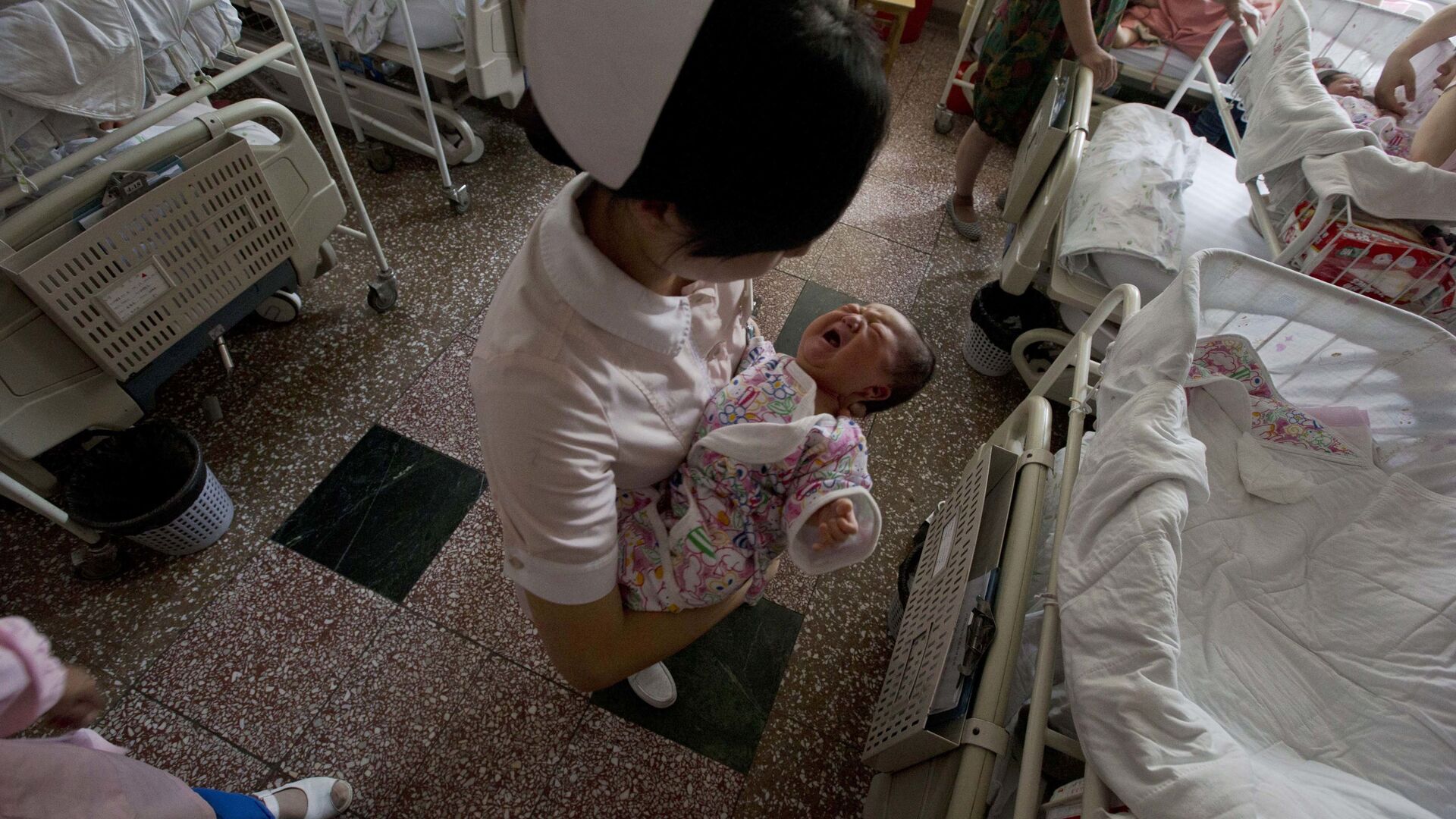China’s population is growing at its slowest pace in decades, data released by the National Bureau of Statistics has showed. The birth rate dropped last year, with only 12 million births in 2020. This is the fourth year in a row that the country has seen a drop in population growth and it is the lowest since 1961, when widespread famine led to the birth of 11.8 million babies. The overall population stands at 1.4 billion people.
The slow growth comes despite the fact that in 2016, the government terminated the controversial one-child policy, which allowed families to have only one child. Violators of the policy faced fines, lay-offs, or even forced abortion.
However, officials "blamed" the coronavirus pandemic, improving standards of living, and changing social attitudes for the reduced population growth.
"Low fertility has become a common problem faced by most developed countries, and it will also become a practical problem facing our country", said Ning Jizhe, head of the National Bureau of Statistics.
Looming Demographic Crisis
The census revealed that the share of working-age adults, which the country defines as individuals aged between 16 and 59, has fallen to 880 million from 925 million a decade ago. People over 65 now account for 13.5 percent of China’s population, up from 8.9 percent in 2010.
"China is facing a unique demographic challenge that is the most urgent and severe in the world. This is a long-term time bomb", said Liang Jianzhang, a demography expert and research professor of applied economics at Peking University.
Experts say China’s aging population will not only put pressure on the country’s healthcare system and affect pensions, but also hinder its economic growth. According to The New York Times, companies in the city of Guangzhou are hunting for employees on the streets due to the labour shortage.
"China’s economy might not in the foreseeable future overtake that of the U.S. as the largest economy. And the key reason for that is demographic differences", said Julian Evans-Pritchard, a senior China economist at Capital Economics, a research firm.
The aging population increase may prompt the government to loosen rules on family planning or raise the retirement age, which is now 60 for men and 50 for most women. A study revealed that the pension fund risks running out of money by 2036 if policies remain unchanged.
However, making people work longer may create new problems. Critics of such a move say it would make it harder for older adults to find jobs as employers prefer young workers, while young people fear that they wouldn’t be able to rely on their parents for childcare if they are unable to retire.


